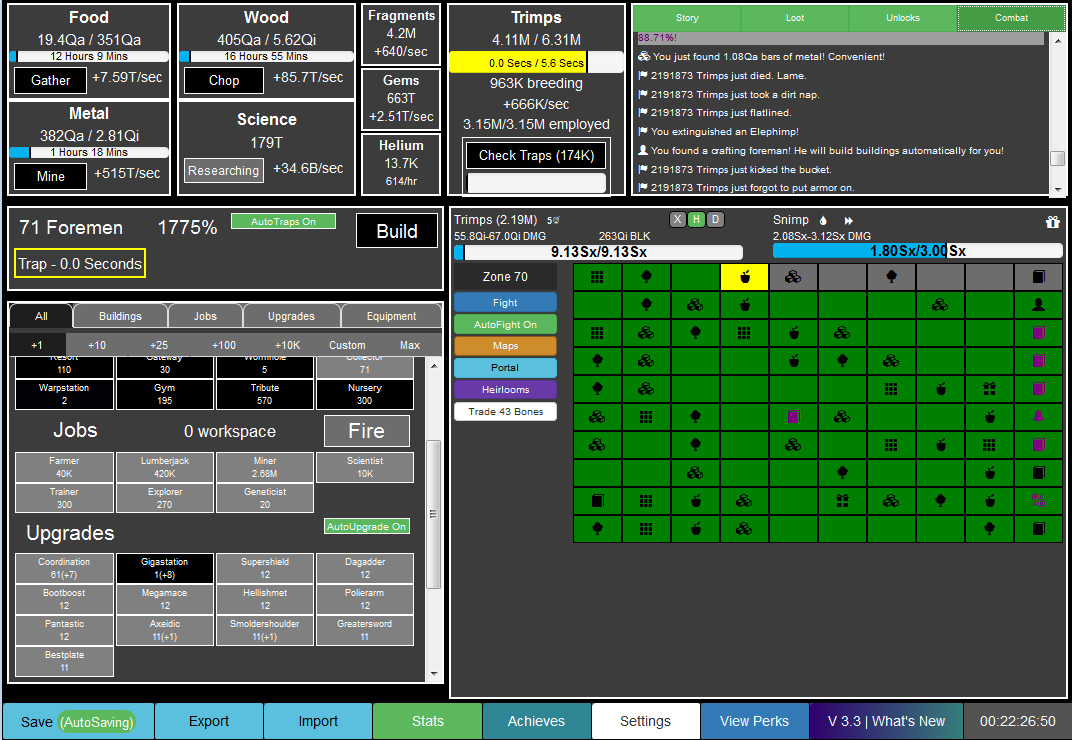

Most original TL quantification methods multiply exercise volume by an indicator of exercise intensity. On the basis of their original work and of several papers published thereafter, we assume that TL is the exercise-induced physiological strain resulting from the combination of exercise’s intensity, volume and density influences. (1975) defined “training load” (TL) as the key parameter for measuring some “dose” of exercise, or effort induced by training. This remains to be tested with more extended populations submitted to wider ranges of exercises.įorty five years ago, analyzing the relations between training and performance Banister et al. Alternative methods based on exhaustion level (New-WER) and exertion (RPE alone) provided a new and promising point of view of TL quantification where exhaustion determines the highest TL whatever the exercise. Because of high exercise volume influence, original methods markedly enhance TL of sessions with higher exercise volumes although these presented the easiest interval distances and work-recovery ratios. Differences in TL quantification between original and alternative methods underline that they are not interchangeable. All TL report light to moderate correlations between original methods and their alternatives, original methods are strongly correlated together, as observed for alternative methods. Differences appear in TL 800 notably between TRIMP and other methods which are negatively correlated. g., lowest TL for the 800m and highest for the 200m-1:1 sessions) and alternative methods (RPE alone and New-WER similar TL for each session). Our results show marked differences in sessions’ total TL between original ( e. At the end of the sessions high and similar RPE were reported (effect size, η 2 = 0.12), while, at the intermediate 800m distance, the higher interval distances and work:recovery ratios the higher the RPE (η 2 = 0.88). Total TL were quantified from the sessions’ beginning to the cool-down period and an intermediate TL (TL 800) was calculated when 800m running was accumulated within the sessions. Session 1 composed by a 800m maximal performance and four intermittent sessions performed at the 800m velocity, three sessions with 400m of interval length and work:recovery ratios of 2:1, 1:1 and 1:2 and one with 200m intervals and 1:1. Ten endurance athletes were requested to perform five sessions until exhaustion. The purpose of this study was to quantify training loads (TL) of high intensity sessions through original methods (TRIMP session-RPE Work-Endurance-Recovery) and their updated alternatives (TRIMP cumulative RPE alone New-WER).


 0 kommentar(er)
0 kommentar(er)
